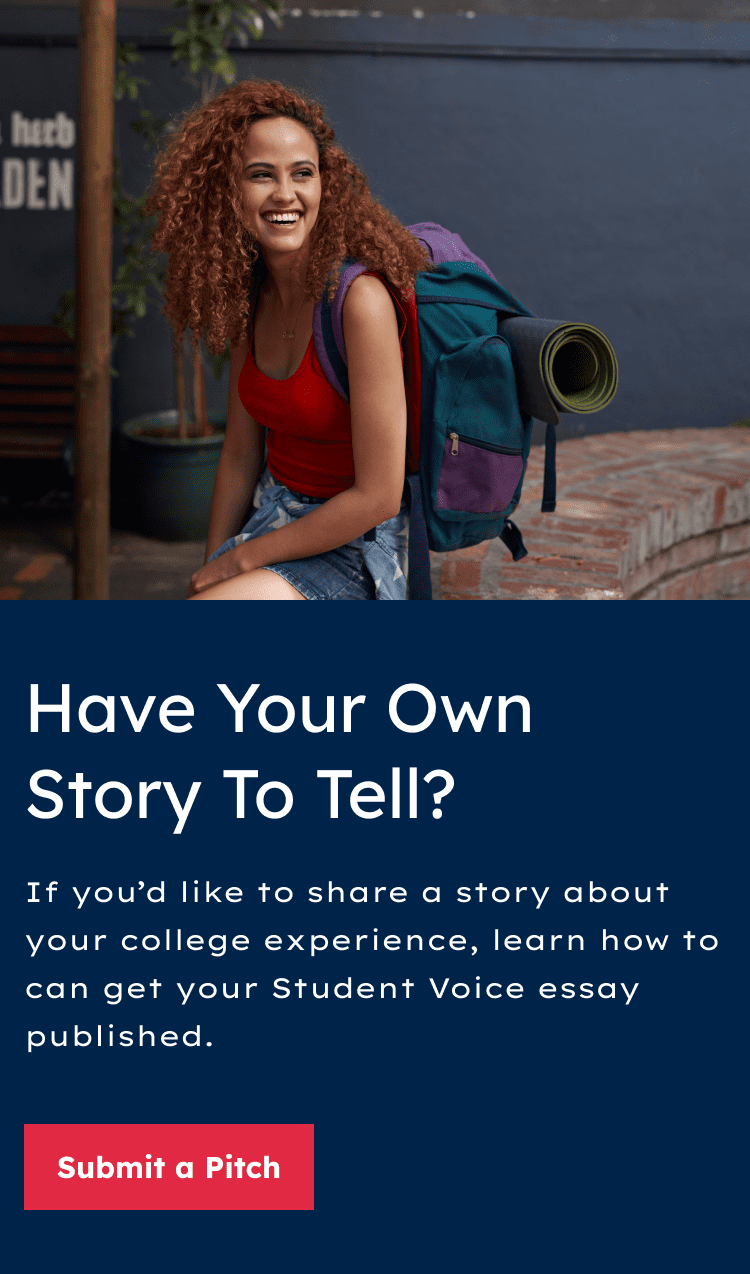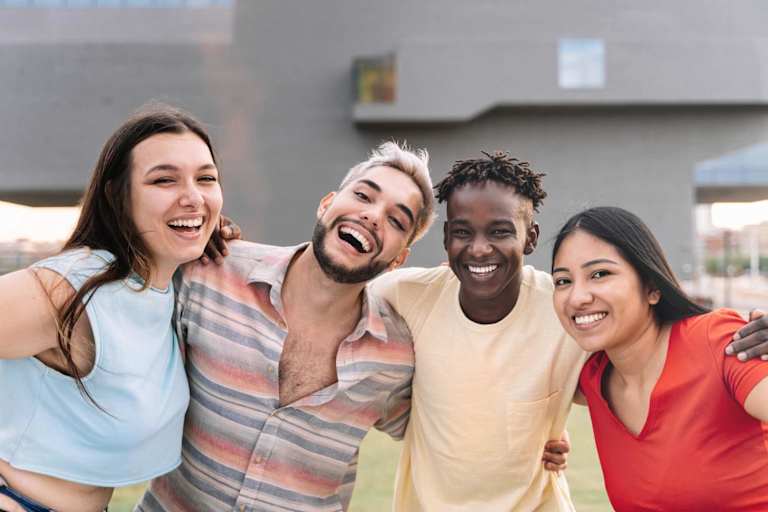4 Ways Professors Can Become Allies for LGBTQ+ Students
As a queer college student, I have had the privilege of entering largely positive learning environments. Based on my experience, I would like to share concrete steps in LGBTQ+ allyship an educator can take to create a positive learning experience for their students.
When I enter a new classroom, I ask myself: Am I going to be distracted by insensitive comments or gaps in the information? Will I feel comfortable being present as myself in this space?
Being comfortable in a space is different from being comfortable in my ideas. I like to be challenged intellectually, but I hope to engage with ideas using my voice.
Educators have the ability to facilitate this in their classrooms. At my college, I have seen professors accomplish this. It does not happen in every case, but here are some actions that made a difference in my learning experience.
1. Talk about queerness. This may be the most powerful thing an educator can do in allyship, when done in a positive and affirming manner.
I took a history class where we looked at old books. My professors worked to showcase writing from LGBTQ+ creators, describing their queerness as part of the context of their work. There were several queer students in that seminar, and many participants jumped at the idea of discussing such authors.
Though I have not seen much of this in my classes outside of gender, sexuality, and women’s studies, it is important and valuable to talk about ace people, intersex people, two-spirit people, and polyamorous people. There is no one type of queer person.
I had a social science class where the professor included queer people and media as real-world examples. In the recitation, we talked about how the legalization of gay marriage in the United States was a critical moment within the past decade. We also talked about the influence of queer celebrities on local conversations.
The deliberate and sustained inclusion felt intuitive, and specific examples helped clarify class material. An intersectional perspective for class content that considers queerness, race, disability, and class — among other social qualifiers — better reflects society.
2. Include data on LGBTQ+ people in class content.
Using an LGBTQ+ lens for class material is useful in and of itself because it opens new avenues of thought. It also makes students feel seen, heard, and respected.
I took a communication class with a lot of quantitative data. Most of the social science papers that look at gender only account for two categories, and in this class that was true for the older studies. However, when the course turned to emerging discourse in the field, my professor sought out and presented graphical analyses that included a category labeled nonbinary.
I remember hearing about data on young women, social media, and mental health and having a moment where I realized: “I am not representative of this population.” Then, the slide switched to a visual that included a nonbinary category and I teared up a bit. I felt represented in the data.
3. Work against assumptions in class.
This means counteracting big systems that impact every classroom and addressing historic assumptions within a field.
Concepts like homophobia, the gender binary, and amatonormativity can seem difficult to grapple with. However, counteracting these ideas can take many forms, such as my Spanish teacher not asking all of us to answer prompts about “una media naranja,” my recitation TA asking my pronouns on the first day, or a professor taking time to speak with students after the class had a Zoom-bombing with homophobic slurs.
Fields such as psychology have critical work to do in addressing historic assumptions. I had a survey class in psychology with a professor who did some of this. When we got to the section on Freud, he took time to discuss homosexuality in a way that felt positive. Even so, more could have been done. The section on hormones leaned heavily into a binary understanding of sex. Even with relatively limited resources on intersex people, I would have liked to see greater acknowledgment of the diversity that exists beyond male and female.

4. Support students who talk openly about their queerness. In my experience, this has consisted of listening, providing resources, and engaging me in further discussion.
I had a dialogue class where I was the only openly queer student. It was new for me to be discussing concepts like the public opinion shift toward gay marriage in the classroom from the position of a queer person. It built my confidence to be talking openly on queer topics when I had professors who took my statements with a positive regard and then pushed me to say more.
When I decided to center my final project for a history class on an afab person who cross-dressed and fought in the American Revolution, my professors were courteous, thoughtful, and kind as they connected me to the right resources, bounced ideas around with me, and listened to my final presentation. I gained so much more from that class having had the opportunity to dive deep into a topic of significant interest to me. The support of professors is something that continues to hearten me as I continue my academic journey.
The Takeaway
There are many ways to be an LGBTQ+ ally in the college classroom, but the best course of action differs based on the specific collegiate scene, the nature of the field of study, and the people in the classroom. That said, educators can talk about queerness, include data on LGBTQ+ people, work against assumptions, and provide support for students.
[conscious-language-cta bg_theme=”primary” layout=”full-image” title=”Explore the Conscious Language Guide” description=”Delve into a guide that explores pressing social issues, encourages campus engagement, and ignites passion for social justice. Equip yourself with the knowledge and understanding to make a difference.” cta_link=”https://bestcollegescom.local/” cta_link_text=”Learn More” width=”content” ] [/conscious-language-cta]
Meet the Author

Clara Papenfuse is a class of 2024 undergraduate student at the University of Pennsylvania. She is studying communication with plans to minor in psychology and English. They are president of PennAces, the student asexuality group on campus. They enjoy writing, engaging others in conversation, and contemporary dance.
Explore More College Resources

College Experience Guide for LGBTQ+ Students
Explore common experiences and challenges of LGBTQ+ college students and learn how you can ensure your campus supports and affirms LGBTQ+ students.

by R.B. Brooks
Updated June 5, 2025



